“I saw ‘Rear Window’ and I swear I felt my brain chemistry change,” says film and fashion educator Kimberly Truhler, explaining how she acquired her love of movies and clothes. “I thought why doesn’t everyone dress like that today?”
Truhler’s comment was part of a terrific talk she delivered Sunday at the Skirball Cultural Center in West Los Angeles. (Her lecture on the history of fashion in film noir was part of the Skirball’s ongoing “Light & Noir” exhibit.)
During World War II, film industry designers were affected by shortages of fashion materials, such as silk and rubber. Additionally, they had to work around the strict codes of the censors, ensuring that no navels were shown and that legs were properly covered. Carefully constructed two-piece ensembles and thigh-high slits were a few of the ways to circumvent the wardrobe strictures set down by the Hays Office.
And, of course, designers had to disguise any figure flaws of their leading ladies and men. For example, in “This Gun for Hire” (1942, Frank Tuttle) Edith Head found subtle ways to elongate Veronica Lake’s diminutive (4’ 11”) frame.
Truhler dissected several other classic offerings: “Casablanca” (1942, Michael Curtiz, costume design by Orry-Kelly), “To Have and Have Not” (1944, Howard Hawks, costume design by Milo Anderson), “Mildred Pierce” (1945, Michael Curtiz, costume design by Milo Anderson), “Gilda” (1946, Charles Vidor, costume design by Jean Louis), “The Killers” (1946, Robert Siodmak, costume design by Vera West), “The Postman Always Rings Twice” (1946, Tay Garnett, costume design by Irene Lentz) and “Sunset Blvd.” (1950, Billy Wilder, costume design by Edith Head).
Surprising, given the importance of clothes in establishing character and mood, the Academy did not award an Oscar for costume design until 1948.
Truhler, who sees 1946 as a stand-out year for film noir, discussed the iconic look of each movie and showed how the designer’s influence is still keenly felt on contemporary runways and with today’s style-setters. She also elaborated on the challenges and pressures costume designers face, pointing out that the legendary Ms. Head “borrowed” work from other people to snag her job at Paramount.
On a sad note, three great talents of the costume-design business (West, Lentz and Robert Kalloch) committed suicide.
We at FNB are looking forward to Truhler’s books – one on the history of film and fashion and another on Jean Louis, who was married to Loretta Young from 1993-1997.
Following Truhler’s talk, Gabriela Hernandez, founder of Bésame Cosmetics, gave a great lecture on the evolution of makeup in the movies (it all started with Max Factor) and how cosmetics were used in the 1920s, ’30s and ’40s to create the look of a siren. A raffle winner got a demonstration on how to amp up her film noir allure with Bésame products.
Event photos by Roxanne Brown
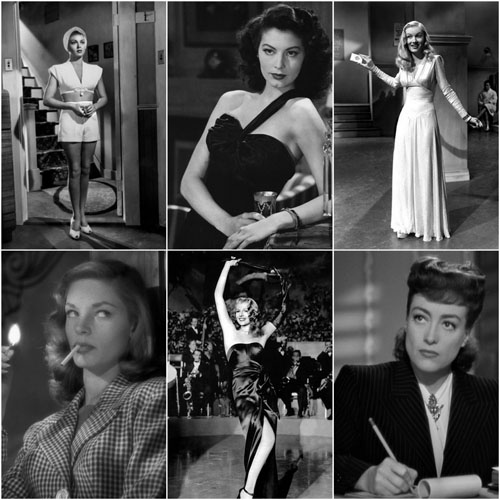

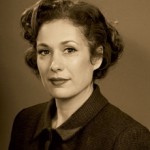
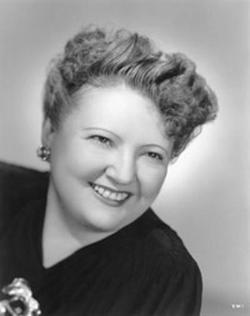
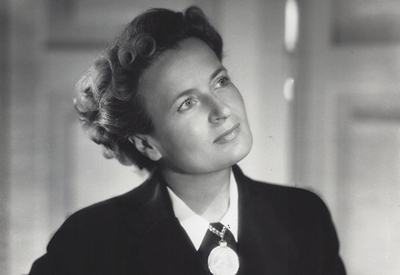
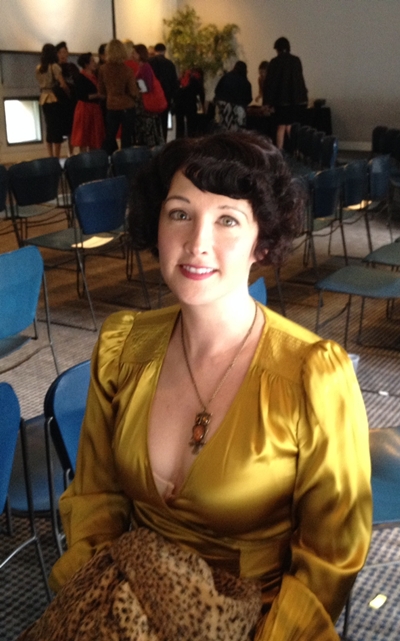
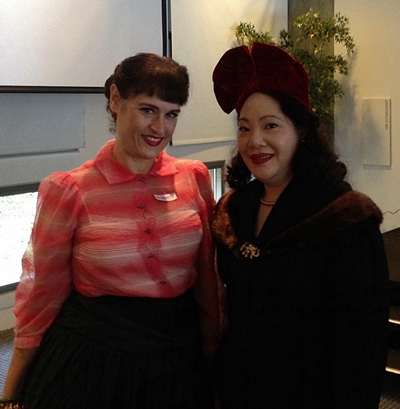
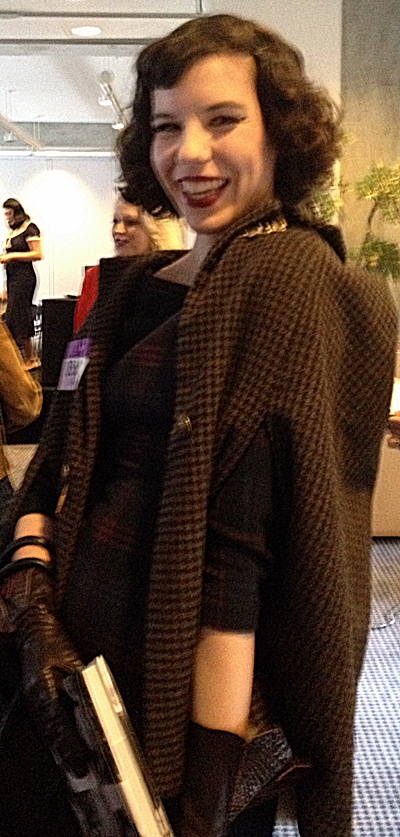
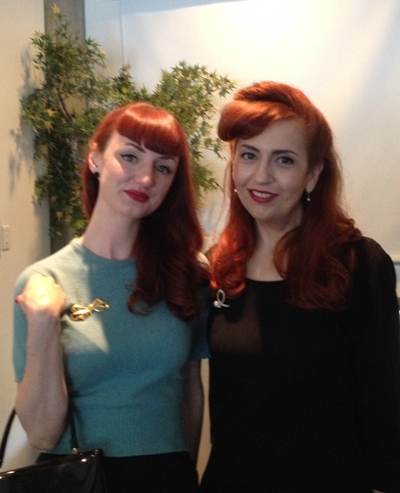





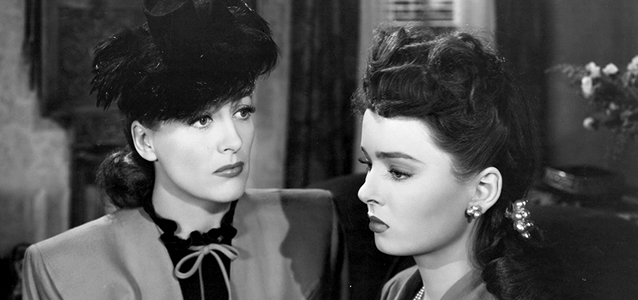
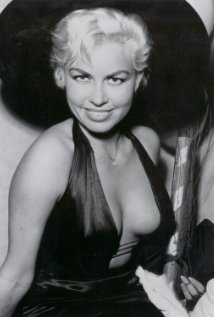





From FNB readers